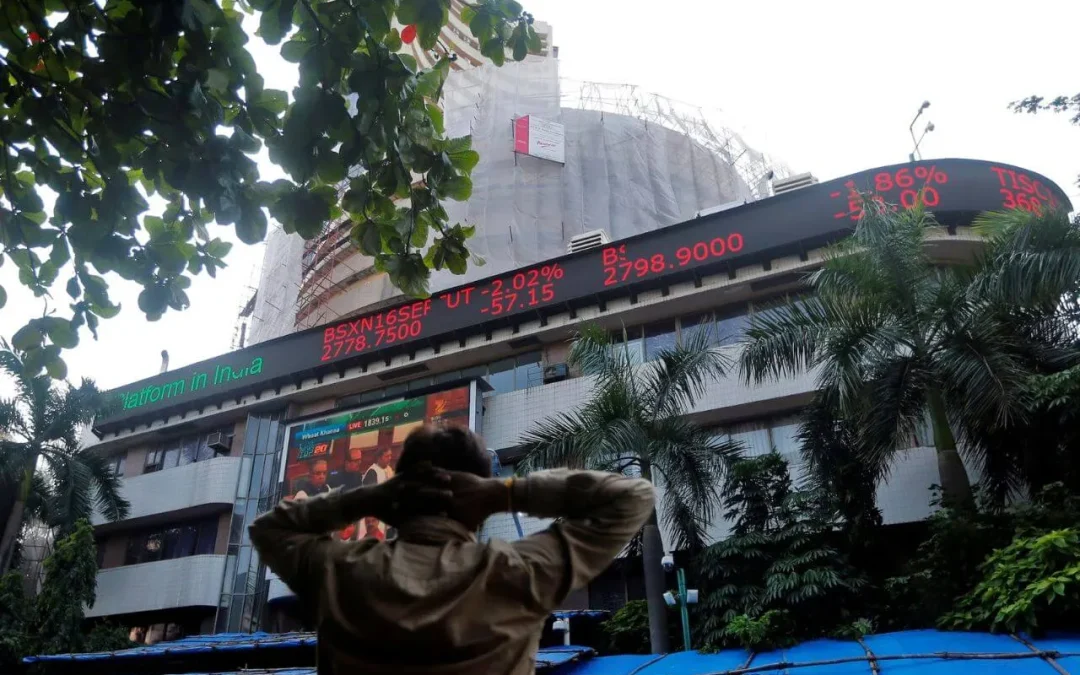A leading pharmaceutical research and contract development services provider faces market challenges, impacting its financial performance. The company’s Q3 results reveal a complex landscape of growth and constraints, with revenue increasing but profit margins squeezed, prompting a cautious adjustment to its full-year revenue guidance amid ongoing industry headwinds.
Share Price Movement
The share price of Syngene International Limited went down 8.62 percent to Rs. 774 per share on Friday, a decrease from its previous close of Rs. 847 per share. The market capitalisation now stands at approximately Rs. 32,424 crore as of January 24, 2025.
Recent Update
Guidance: Lowers FY25 revenue guidance due to market challenges. Now expects high-single to low-double-digit revenue growth, with profits projected to remain flat.
Q3 Financial Highlights (Recent Update)
In Q3 FY25, revenue rose to Rs. 944 crore, a 10.5% YoY growth from Rs. 854 crore in Q3 FY24 and a 5.9% QoQ increase from Rs. 891 crore in Q2 FY25. Profit surged to Rs. 131 crore, marking a 17% YoY rise from Rs. 112 crore and a 23.6% QoQ growth from Rs. 106 crore.
Over the past three years, the company achieved a profit CAGR of 11%, a sales CAGR of 17%, and an ROE CAGR of 13%, indicating lower than expected growth in profitability, revenue, and return on equity.
Also read….
Competitors
Sun Pharmaceutical Industries, Divi’s Laboratories, Cipla, and Torrent Pharmaceuticals are key players in the pharmaceutical sector, showcasing varied strengths in speciality medicines, APIs, respiratory therapies, and broad therapeutic manufacturing.
Syngene International has a P/E of 71.69, which is more than the industry P/E of 42.43.
Market Outlook
India’s pharmaceutical industry is thriving due to cost efficiency, advanced technology, and global demand for affordable medicines, solidifying its title as the ‘Pharmacy of the World.’ By 2030, the sector is projected to reach $130 billion. Government initiatives, including the PLI scheme and FDI incentives, bolster investment, manufacturing, and innovation.
India’s low production costs and numerous FDA-approved facilities ensure competitiveness in global markets, while schemes like SPI and Jan Aushadhi Kendras improve access and quality domestically. The industry is on a robust growth trajectory.
Written By Fazal Ul Vahab C H
Disclaimer

The views and investment tips expressed by investment experts/broking houses/rating agencies on tradebrains.in are their own, and not that of the website or its management. Investing in equities poses a risk of financial losses. Investors must therefore exercise due caution while investing or trading in stocks. Dailyraven Technologies or the author are not liable for any losses caused as a result of the decision based on this article. Please consult your investment advisor before investing.




